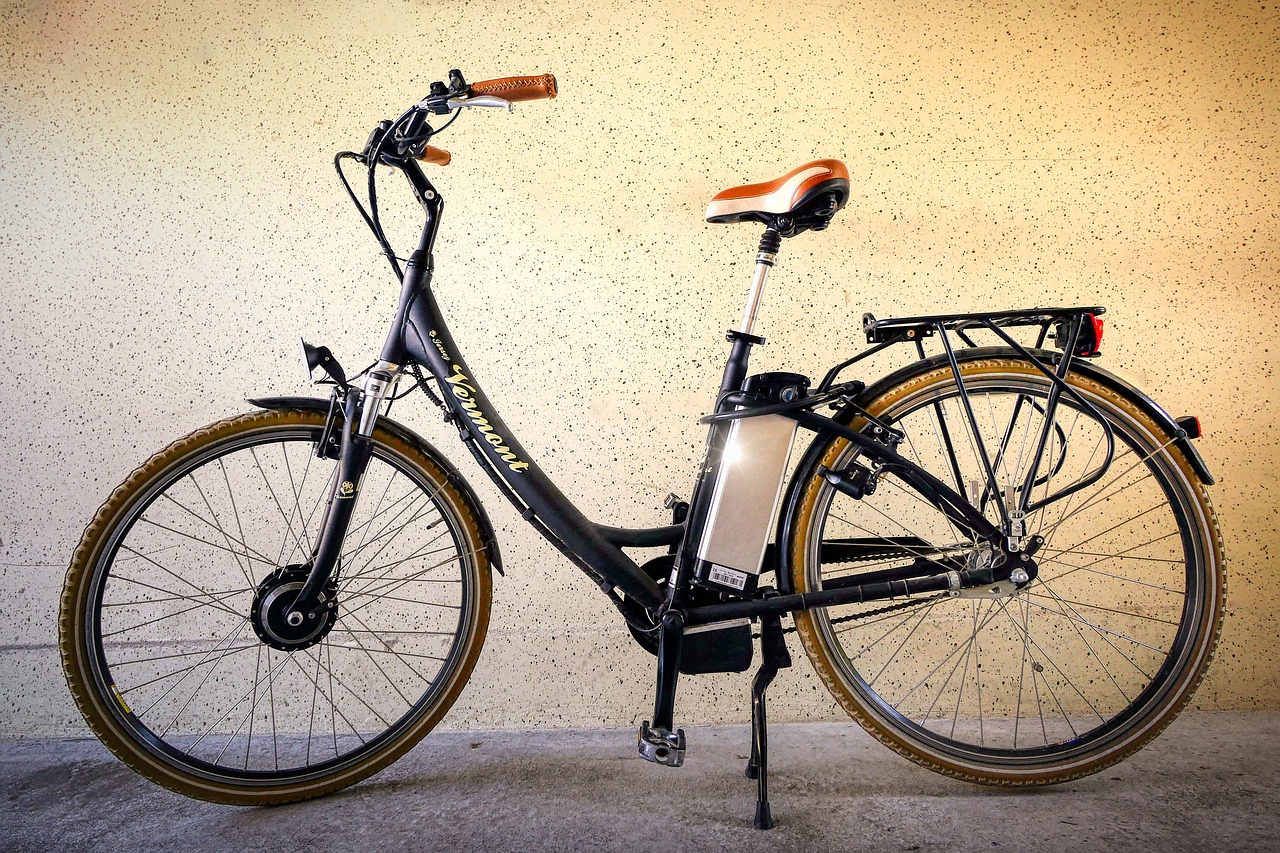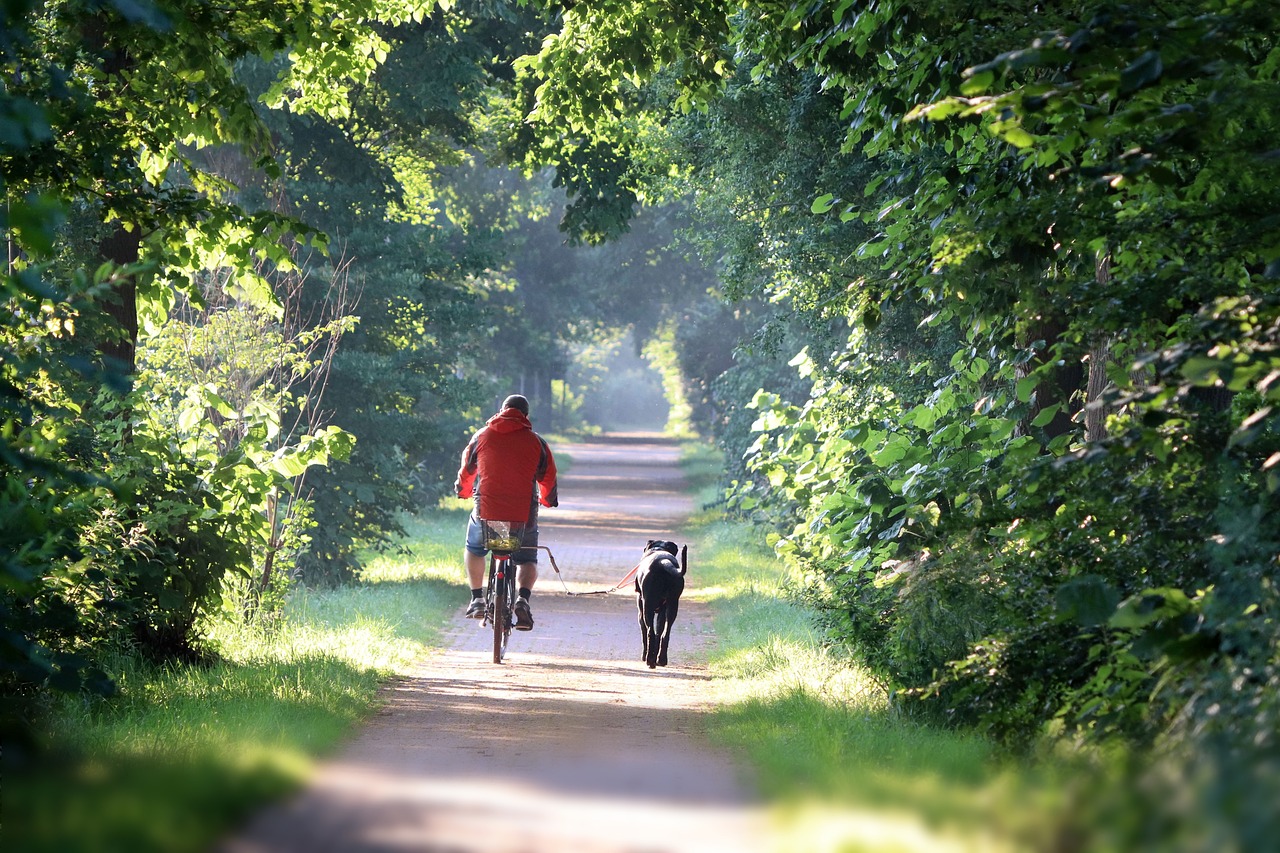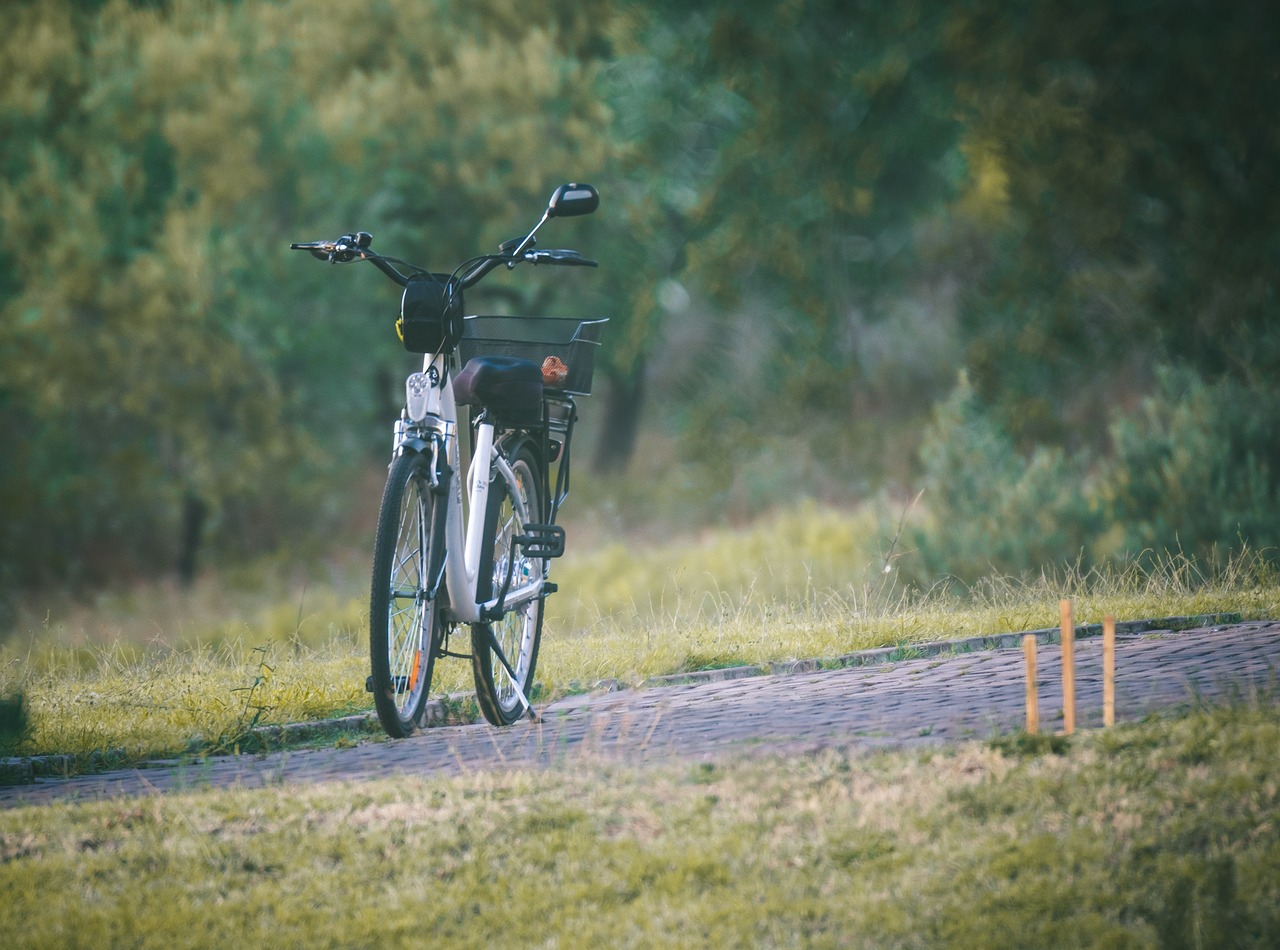Can you really take a Harley-Davidson electric bicycle on long hunting trips and expect it to perform reliably in remote terrain?

Can I Use A Harley-Davidson Electric Bicycle For Long Hunting Trips?
You’re asking a practical question with several layers: bike capability, legal rules, logistics, stealth, and safety. This article breaks down what to check, how to prepare, what limitations to expect, and how to plan a hunting trip using a Harley-Davidson–branded electric bicycle (Serial 1 lineage), so you can decide whether it’s a good fit for your hunting style and the areas you hunt.
Quick overview: is it feasible?
In many cases, yes — but with caveats. Electric bicycles can extend your range, let you carry more gear, and reduce physical strain. They can be excellent for short to moderate-length hunts (day trips and some overnight trips) on trails and forest roads where motorized travel is allowed. For very remote, extended hunts in rough terrain or where motorized access is restricted, you’ll face significant challenges: limited battery range, charging logistics, and legal/ethical restrictions. You’ll need to match the specific Harley/Serial 1 model to the terrain, plan power resupply, and confirm local rules before you go.
Understanding the bike: Harley-Davidson and Serial 1 background
Harley-Davidson partnered with the Serial 1 brand to offer electric bicycles that blend styling with mainstream e-bike components. These models tend to be designed for urban commuting and light trail use rather than hardcore off-road hunting bikes. That said, many models can be modified and equipped for light backcountry use.
You should verify the exact model you’re considering: frame strength, motor type (mid-drive vs hub), battery size, tire clearance, mounting points, and available accessories. Those details determine whether the bike can handle loaded hunting trips.
Key factors to evaluate before using an e-bike for hunting
You’ll want to systematically check these categories before trusting an e-bike for long hunting trips.
1. Range and battery capacity
Battery capacity (measured in watt-hours, Wh) and real-world range are the most important factors. Range depends heavily on assist level, rider and gear weight, terrain, elevation gain, and temperature.
- Higher-capacity batteries give more range but add weight.
- Removable batteries are useful so you can carry spares or charge them remotely.
- Mid-drive motors are generally more efficient on hills than hub motors.
Plan conservatively: expect 40–60% of the manufacturer’s ideal range estimate for loaded, hilly, or cold conditions.
2. Payload and cargo management
Hunting requires gear: rifle or bow, packs, cooler or game bags, tools, and possibly a tent. Check the bike’s payload rating and rack compatibility.
- Use a sturdy rear rack or bike trailer for heavy loads.
- Distribute weight low and centered for handling.
- Max payload includes rider weight, so be sure total load stays within limits.
3. Off-road capability and durability
Most Serial 1/Harley-branded e-bikes are designed for light to moderate off-road trails, not extreme rock gardens or deep mud. Evaluate:
- Tire width and tread for traction.
- Frame clearance for fat tires.
- Suspension presence and travel (hardtail vs rigid).
- Protection for electrical components from moisture and impacts.
4. Legal and ethical considerations
Motorized access rules vary widely by land ownership and jurisdiction.
- Many state wildlife areas, national forests, and public lands restrict motorized hunting.
- Some places allow Class 1 pedal-assist e-bikes but prohibit throttles or higher-speed e-bikes.
- Ethical considerations: using a motor to access game can be regulated or frowned upon in certain hunting communities.
Always check state hunting regulations, local land manager rules, and unit-specific restrictions before planning a hunt.
5. Stealth and game behavior
Electric motors are quieter than ATVs but not silent. Motor whine, chain noise, and tire sounds can alert game.
- Pedal-assist at low levels is usually quieter than throttle bursts.
- Avoid mechanical clanks and keep drivetrain well-lubed.
- Approach hunting spots on foot after parking the bike a short distance away to minimize disturbance.
6. Charging logistics and energy planning
For multi-day or remote trips, you’ll need a plan to resupply power.
- Carry spare batteries if the frame supports removables.
- Use portable solar panels with a power station (e.g., 300–1000 Wh units).
- Consider vehicle support, drop boxes, or charging at a base camp.
- Cold weather significantly reduces battery capacity.
7. Maintenance and repairability
Bring tools and spares: tubes, tire plugs, chain quick link or belt tools, multi-tool, and electrical connectors if possible.
- Know how to disable the electric assist if something fails.
- Practice field repairs before relying on the bike for a remote trip.
What type of Harley-Davidson/Serial 1 model suits hunting?
You’ll typically find two broad categories: commuter/urban models and more rugged “gravel/light-trail” models. For hunting, you want characteristics from the latter.
Important features for hunting-capable e-bikes
- Removable higher-capacity battery (≥500 Wh recommended for extended range).
- Mid-drive motor for better hill performance and gearing efficiency.
- Wide tire clearance to run 2.4″–3.0″ tires or fat tires for soft ground.
- Sturdy integrated rack or frame mounting points for panniers and game bags.
- Reliable hydraulic disc brakes for heavy loads and steep descents.
- Simple electrical system with accessible connectors for troubleshooting.
If the Harley/Serial 1 model lacks these features, you’ll either need extensive modification or choose a different e-bike platform geared to off-road use.
Estimated range scenarios (approximate)
Below is a conservative estimate to help you plan. These are general numbers — actual results vary by model, rider, and terrain.
| Battery (Wh) | Flat paved (light assist, rider 75 kg) | Mixed trail & moderate hills (loaded) | Hilly/off-road (high assist + heavy gear) |
|---|---|---|---|
| 400 Wh | 20–40 miles (32–64 km) | 10–20 miles (16–32 km) | 5–10 miles (8–16 km) |
| 500 Wh | 25–50 miles (40–80 km) | 15–30 miles (24–48 km) | 8–16 miles (13–26 km) |
| 700 Wh | 35–80 miles (56–128 km) | 25–45 miles (40–72 km) | 12–25 miles (19–40 km) |
Notes:
- “Light assist” uses eco or low power levels; “high assist” uses boost modes.
- Estimates assume good weather and mild temperatures; cold battery performance drops range by 10–30%.
- Loaded scenarios assume rider + gear weight of 90–120 kg total.

Comparing ideal features for hunting — quick table
| Feature | Why it matters for hunting | How to prioritize |
|---|---|---|
| Large removable battery | Easier to swap and carry spares | High |
| Mid-drive motor | Better torque on climbs, efficient with gearing | High |
| Wide tires / fat tires | Floatation on mud/snow, better traction | High |
| Suspended fork or full suspension | Comfort and control on rough trails | Medium–High |
| Rear rack or trailer compatibility | Carry carcass, gear, coolers | High |
| Low step-thru frame | Easier mounting/dismounting when loaded | Medium |
| Hydraulic disc brakes | Safer stopping with weight | High |
| Weatherproof electricals | Protection from rain/mud | High |
Legal checklist before you hunt with an e-bike
You must verify permissions and constraints. Below is a general guideline — not legal advice — to help you check the right boxes.
| Land type | Typical e-bike rule patterns | What you should do |
|---|---|---|
| Private land | Usually allowed with landowner permission | Get written permission; clarify vehicle limits |
| State wildlife management areas | Varies by state; some ban motorized access for hunting | Check state regulations and unit-specific rules |
| National forest/Bureau of Land Management | Often allows motorized use on designated roads/trails only | Verify designated motorized travel routes |
| National parks / wilderness areas | Generally prohibit motorized vehicles, including e-bikes | Do not use motorized bikes; use backpacking/horse access |
| Wildlife refuges | Often restrictive; motorized access commonly banned | Confirm refuge rules and seasonal restrictions |
Always confirm with the land manager and your state’s fish and game agency.
Planning energy: charging strategies and gear
You’ll need a realistic charging solution for multi-day trips. Here are common strategies and gear options:
- Carry one or more spare removable batteries. Two batteries can double range if weight and mounting permit.
- Use a portable power station (e.g., 300–1000 Wh units) charged by solar panels or by running a vehicle. These can recharge batteries if you have an appropriate charger and adapter.
- Portable solar panels sized 100–200 W paired with a 500–1000 Wh power station can replenish a mid-sized battery across a sunny day.
- Consider ride-support from a vehicle or drop-box charging at base camp.
- In extreme remote hunts, plan routes so you return to a vehicle or base camp each evening for charging.
Battery charging and adapter compatibility vary, so confirm connectors and charging rates for your exact bike model.

Accessories and modifications to make a Harley e-bike more hunt-ready
You’ll probably need to customize a commuter-style e-bike to handle hunting loads and rough trails. Here are common upgrades.
- Heavy-duty rear rack with locking mounts and tie-down points.
- Panniers or game bags rated for wet conditions and large volumes.
- Bike trailer for hauling heavy game and gear off the bike.
- Upgraded tires (tubeless setup, puncture-resistant liners) or fat tires for soft ground.
- Suspension fork upgrade, if frame allows.
- Stronger pedals and a dropper post for quick adjustments.
- Auxiliary lights for early-morning or late-evening movement.
- Cable protection and heat wrap to reduce wear and snagging.
- Camo paint or removable wraps for reduced visibility.
Make sure modifications don’t void warranties in ways that matter to you.
How to approach hunting trips (practical tips)
Below are recommendations for how to use the bike on the day of the hunt and during multi-day outings.
Pre-trip
- Fully charge all batteries and test with a loaded configuration the week before.
- Verify that the bike handles safely with full hunting gear and practice mounting/dismounting.
- Mark GPS waypoints for vehicle parking, base camp, known hazards, and planned routes.
- Pack spares: tube/tubeless plug kit, chain quick link, brake pads, small spare fuses, zip ties, and a multitool.
On the trip
- Use lowest assist or walk mode when sneaking to a hunting location; walk the last 200–500 meters to minimize disturbance.
- Park the bike where you can recover it quickly and where game won’t detect it easily.
- Monitor battery percentage and keep a simple log of watts used or miles ridden to estimate remaining distance.
- Keep cadence steady and use lower assist when you can to conserve energy.
After a shot
- If you plan to pack out an animal, consider whether you’ll butcher in the field and carry parts, use a game cart, or drag carcass to a trailerable location.
- If the animal is large and you need to haul it out, use a trailer or vehicle support — many e-bikes aren’t designed to safely tow very heavy loads long distances.
Multi-day trip planning (examples)
Here are three generic templates for planning — adapt them to your model, local regulations, and personal fitness.
Day-hunt (single day)
- Best fit: moderate-range battery (400–700 Wh), trails allowed, vehicle within reasonable distance.
- Plan: Ride 5–20 miles into area in early morning, park 0.5–1 mile from hunting spot, hunt on foot, return by bike when convenient.
- Bring: spare battery if space allows, basic tools, water, food, first aid.
Overnight trip (1–2 nights)
- Best fit: two batteries or one large battery plus a portable power station; campsite or vehicle nearby.
- Plan: Establish base camp at vehicle or cleared campsite with charging capability; ride into hunting zone each day.
- Bring: camping gear, solar panel+power station, spares, extra food and water.
Remote multi-day (3+ nights)
- Best fit: Only if you can support charging via vehicle, drop boxes, or multiple batteries. Otherwise better to backpack.
- Plan: Use vehicle or base camp as charging hub; limit deep penetration on bike unless you have satellite communication and reliable resupply.
- Bring: robust charging system, trailer for heavy game, full toolkit, emergency comms.
Safety and emergency planning
You’ll be in remote areas and reliant on technology; plan accordingly.
- Carry a personal locator beacon (PLB) or satellite communicator (Spot, Garmin inReach).
- Share trip plan and expected return times with someone reliable.
- Know basic field dressing and game handling.
- Have a small survival kit (firestarter, emergency blanket, water purification).
- Practice riding with full gear; handle falls and retrieve equipment.
- Keep tools to disable the motor if needed and know how to ride the bike manually.
Common pitfalls and how to avoid them
- Overestimating range: always assume less range than advertised and keep reserve battery (20–30%).
- Ignoring rules and getting fined or forced to abandon gear: verify regulations early.
- Poor cargo distribution causing handling problems: practice with a loaded bike.
- Forgetting to waterproof electronics: protect battery and display connectors with silicone or protective covers.
- Not carrying a backup plan for hauling game: have a trailer or vehicle support for big animals.
Ethical considerations
Using e-bikes changes the harvest dynamic. Be mindful about fairness, safety, and fairness-of-chase guidelines in your area. Some hunting competitors and community members may view motorized access unfavorably for certain hunts. When in doubt, clarify rules and act respectfully toward other hunters and land managers.
Sample gear checklist
| Category | Items |
|---|---|
| Power & charging | Spare battery, charger, power station, solar panel |
| Tools & repair | Multi-tool, tire levers, pump or CO2, tube/tubeless plugs, chain tool, spare brake pads |
| Carrying | Rear rack, panniers, bungee straps, trailer (optional) |
| Navigation & safety | GPS, maps, PLB/satellite messenger, headlamp, first aid kit |
| Weather & clothing | Layered clothing, rain jacket, gloves, boot gaiters |
| Hunting gear | Weapon, ammo, calls, game bags, knife, quartering tools |
| Camping (if applicable) | Tent, stove, water purification, food, bear canister (if required) |
Final considerations and recommendation
You can use a Harley-Davidson–branded electric bicycle for hunting trips, especially for day hunts and short overnight style hunts in areas where motorized access is permitted. Success depends on matching the right model (preferably one with higher capacity battery, mid-drive motor, and room for wider tires) to the terrain and logistics. For extended remote hunts or terrain requiring aggressive off-road capacity, a purpose-built off-road e-bike or traditional backpacking/ATV approach may be more reliable.
If you want to pursue this, do the following before committing to a remote trip:
- Confirm local hunting and land-use rules for e-bikes.
- Test your loaded bike on terrain similar to your hunt.
- Build a charging and spare battery plan.
- Add racks/trailer and upgrade tires for traction.
- Practice silent approaches and safe field dressing while coordinating how you’ll haul game out.
If you follow these steps, you’ll be better equipped to determine whether your specific Harley/Serial 1 e-bike is a practical hunting partner or if you should consider alternative gear.
Quick decision checklist
- Does the land you hunt allow motorized or e-bike access? (Yes/No)
- Does your bike have removable batteries and sufficient capacity? (Yes/No)
- Can you carry or support additional batteries/charging on multi-day trips? (Yes/No)
- Can you securely carry a harvested animal out with the bike or trailer? (Yes/No)
- Have you practiced riding and repairing the bike while loaded? (Yes/No)
If most answers are “Yes,” the e-bike could work for your trips with good planning. If several are “No,” reassess the plan or consider alternate methods.
Closing thoughts
You’re balancing convenience, capability, legality, and ethics. Electric bicycles offer a quiet, efficient way to cover ground and carry gear, but they’re not universally suitable for every hunting scenario. With proper selection, conservative planning, and respect for rules and wildlife, a Harley-Davidson–linked electric bicycle can be a practical tool for many hunting trips. If you want, share the model you’re looking at and details about the type of hunting and terrain you frequent, and guidance can be tailored to your exact situation.


